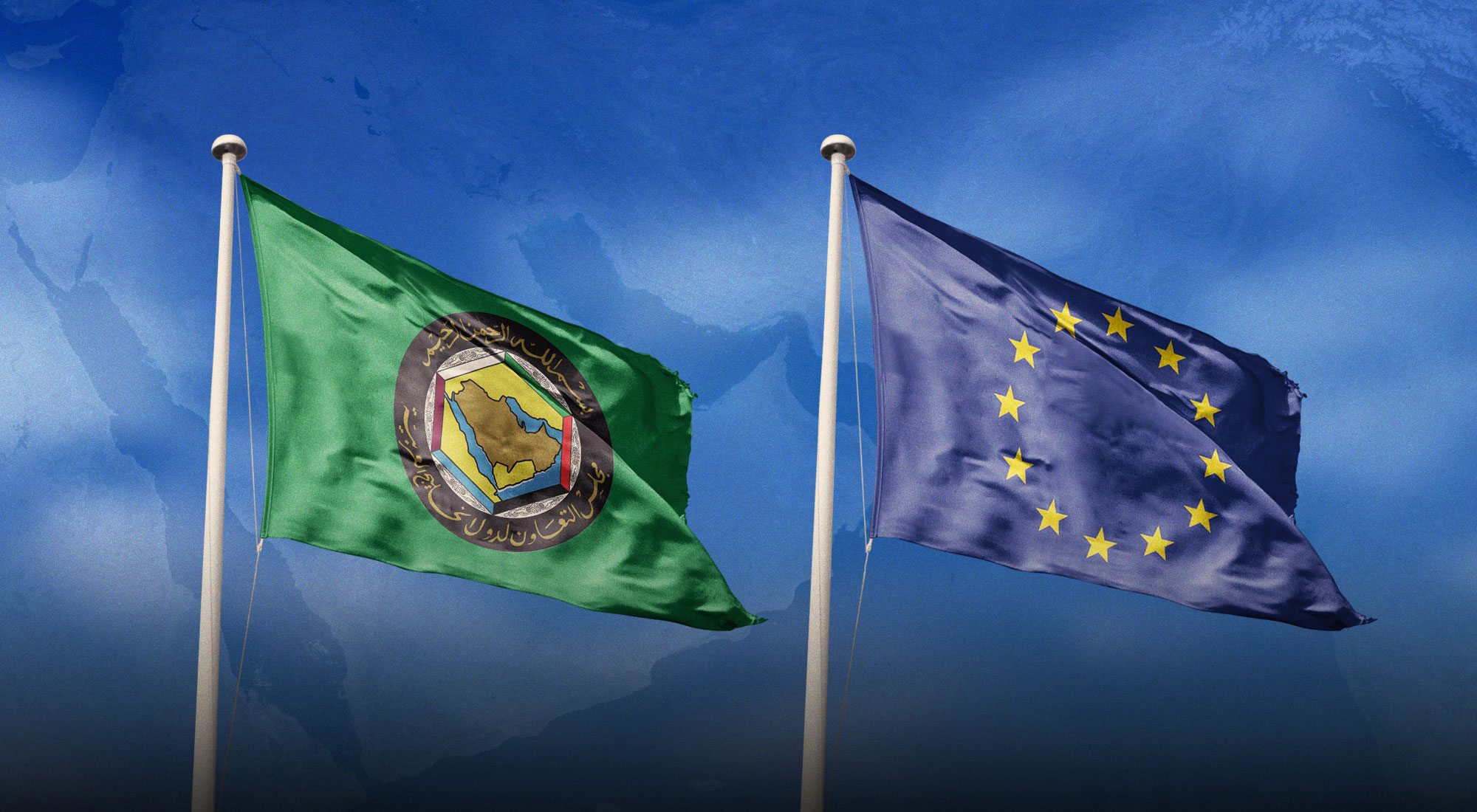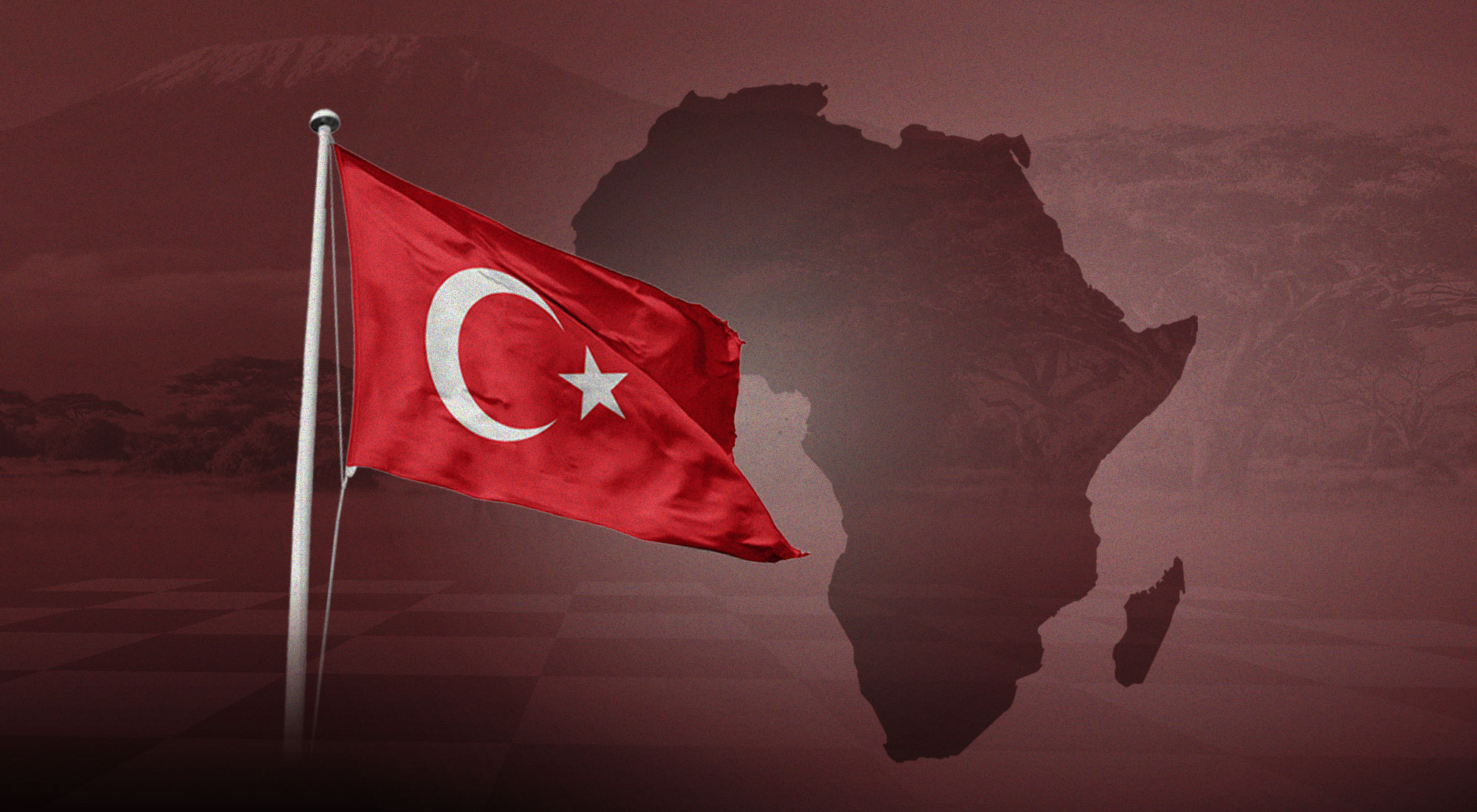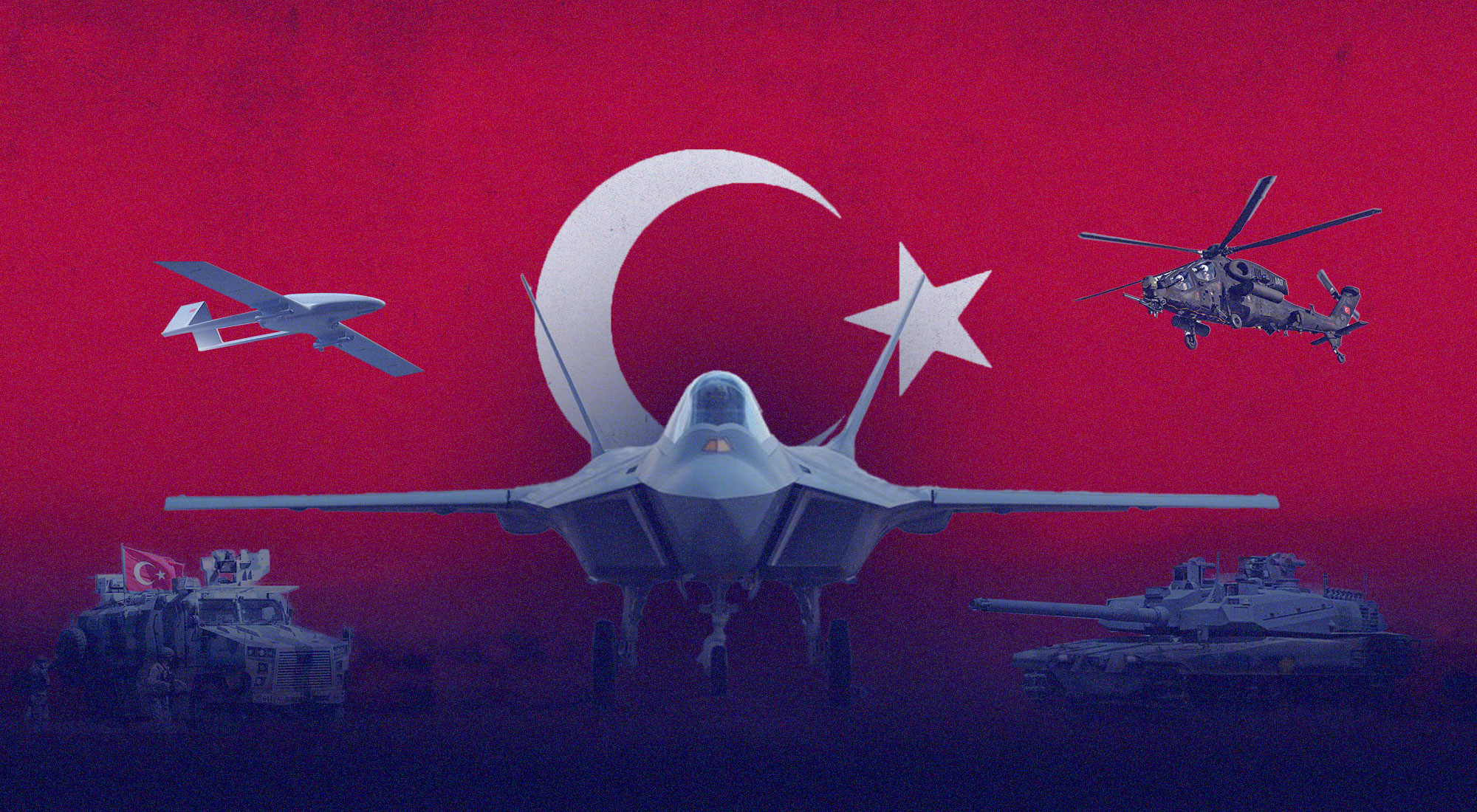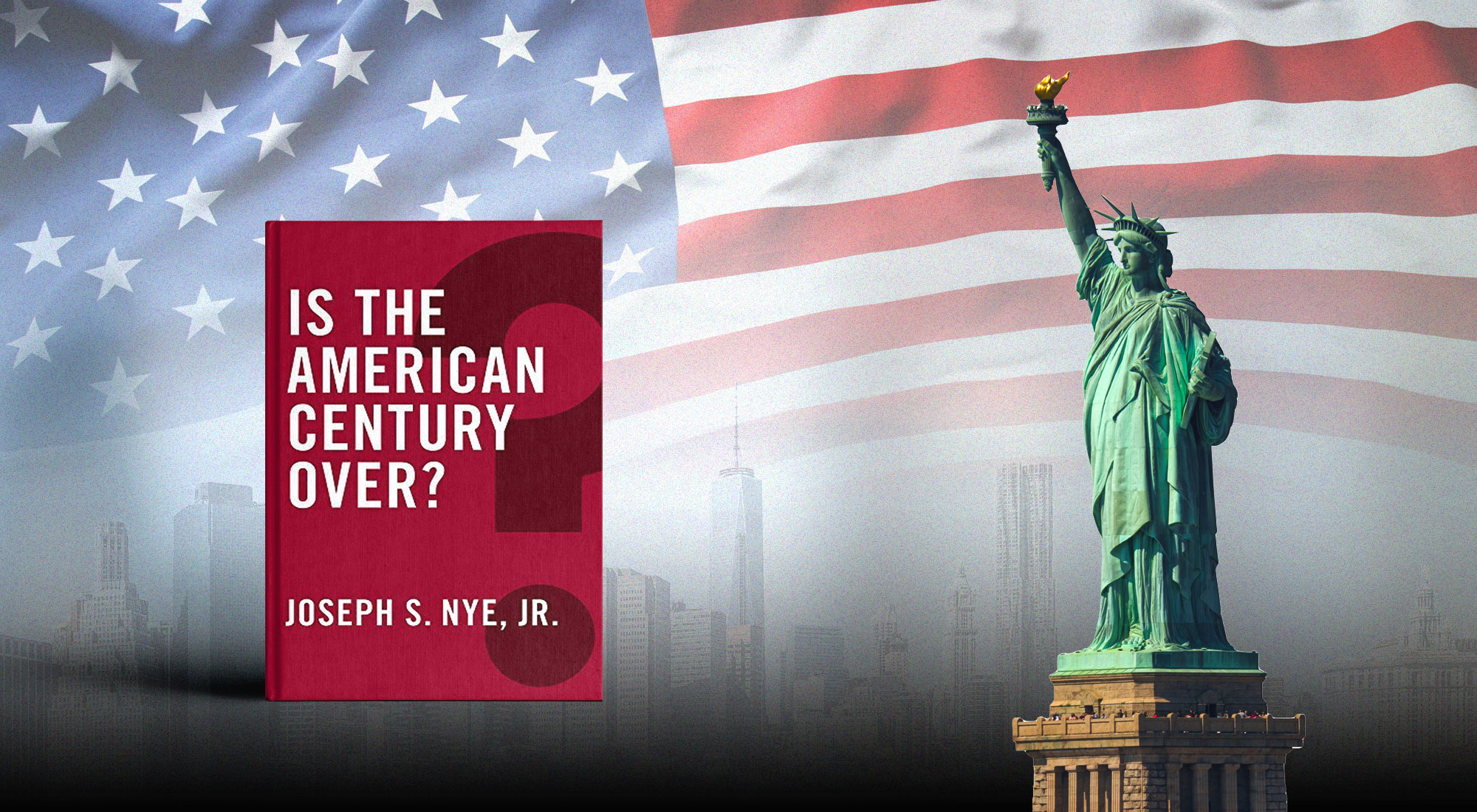Forced population transfers have re-emerged as a geopolitical device of war in Syria in recent times. This has been often imposed with the help of laws grounded in ideologies of religious-ethnic domination and by manipulating demographics and territories.
The legality of such moves has been contested in international law, given that they often preceded peace treaties. Whatever the intention, each case of forced population transfer places a further burden on efforts to lower the precariousness of the conflict.
In Syria, forced population transfers have often had a profound impact on the composition of the country’s societal fabric, indicating virtually irreversible shifts in post-war Syria, repatriating internally displaced persons (IDPs) and refugees is expected to be hindered due to the difficult conditions and a convoluted knot between forced population transfers and redevelopment projects. Around nine years into the conflict, it is still hard to discern between laudable efforts toward peace and potential war crimes under international humanitarian law.
The demographic shifts are in the hands of three groups of power brokers – the government, the opposition and the external powers. As the most instrumental player, the Syrian government has tried its post-war plans during conflict, often as a tool against opposition. The strategy of forced population transfers, funnelled ejection of opposition and carefully crafted post-war reconstruction, coupled with decentralization of government services, might result in the creation of multiple geographic zones across Syria. This could happen with the full support of external powers such as Iran and Russia, given the duo’s current involvement in population transfers. The international community may have a deferred reaction to such changes, given that their approach to Syria, supported by the United Nations, still goes by the logic of conflict de-escalation rather than post-conflict reconstruction.
[metaslider id=345]
Political objectives
Forced population transfers occur as a natural consequence of war, especially in protracted conflict scenarios. Resulting demographic changes impact tribal identities and, at times, cause (armed) friction.The institutionalization of systematic demographic change, in this case, has prompted some observers to call it demographic engineering with the immediate goal of altering the balance of power between the government and opposition.
The efforts have gathered momentum after the government regained the upper hand militarily, resulting in the intensified utilization of Russian or Iranian-mediated negotiations to create reconciliation agreements.
Herein, a strategic line can be drawn between local cease-fires and reconciliation agreements. While the government might not have had a plan for the trajectory of either, the outcome of both has been to gain control over people and territory.
A new Syria has been emerging from the remnants of war. Many communities have been pushed out of entire cities, most notable examples being Damascus, Aleppo, and Homs.This has created thousands of refugees and IDPs, many of whom have been ghettoized to a single province and evacuated to the city of Idlib, the opposition’s longest stronghold.
Thus, the new Syria has become more geographically fragmented. In the framework of institutionalized demographic change, the objective of the government has been to re-conquer opposition-held territories, and to fortify control over existing territories via both formal and informal measures.
This has often included the destruction and seizure of property, promulgation of urban laws and development-centered decrees, destruction of property and the withholding of basic services, such as electricity and water. This narrative has been further substantiated with: (i) the need to rebuild Syria’s war-torn parts, (ii) the problem of informal housing, which had been on the government’s agenda even before the conflict, and (iii) the need to stimulate economic activity, and areas where the government would be able to provide security. The real estate sector, for instance, could support economic growth.
In September 2012, the government issued Decree 66/2012 authorizing the creation of two urban planning zones within the Governorate of Damascus. As a key provision of the law, no person was required to prove their property ownership until a new zoned development was established. This requirement could be interpreted as an attempt to safeguard the property rights of owners whose interests are not recorded in the Land Registry. In areas where the land registers were burnt down, stolen or destroyed, the People’s Assembly approved a bill, which became Law 33/2017, regulating the process of their re-issuing. According to a judge in the Real Estate Court, 70 percent of property documents were stolen or destroyed in the war but 80 percent of the cases may have been resolved. However, massive social pressure was exerted by the government on those who chose to remain in areas deemed appropriate for re-development. The government lists for conscription is an example of this phenomenon.
In the tussle between the government and the opposition, Daraya and Moadamiya in the Damascus countryside became key opposition strongholds at the conflict’s onset, later acquiring militant characteristics. In August 2012, government forces launched a massive offensive in the area, making its destruction and subsequent demolition a key moment in the conflict. The government forces razed the Baba Amr area in Homs in 2012 resulting in approximately 35,000 residents being driven out. The area was previously opposition-held. What followed was a demolition of the Karam Al-Zeitoun area, in which approximately 50,000 residents were driven out.
After the government forces ended their offensive in areas such as Bayada and Khaldiyeh, in March 2012, more than 190,000 residents were driven out. In late 2013, residents of Qusayr in the Homs countryside alongside the Lebanese border were also displaced. The city’s population has been decimated by the conflict, and estimates today range from 200,000 to 650,000. These figures suggest that only around half of the original population remains. The last group of civilians and fighters remaining in the city center was evacuated in a series of UN-mediated population transfers.
The government has been the most prominent stakeholder of Syria’s demographic changes and also the largest future shareholder of its post-war trajectory. The initiation of demographic changes has been conducted via externally-backed military operations against the opposition. This was followed by pressure on opposition-held areas, and finally institutionalized into law through a series of reconstruction-oriented decrees and urban development laws. This has resulted in drastic demographic changes whose resolution is essential for Syria’s future.
Domestic factors
The post-war Syria looks like a delineation of government-controlled areas and other parts of the country toward its northern and southern borders. This could potentially get more convoluted with the persistent involvement of regional and other powers in disrupting the fragile status quo. In addition to the government-held areas, other major stakeholders include government supporters in local councils and those belonging to a budding form of public-private partnership (PPP) initiatives in the field of reconstruction. The opposition, on the other hand, remains disunited.
The Syrian government has been utilizing local reconciliation agreements with the opposition to enforce demographic change and control the post-conflict narrative of the country. The immediate goal has been to confine the various opposition groups within one area, put them under greater pressure and create an inter-opposition rift, thus altering the balance of power.
Congruently, the mechanism of decentralized development in re-gained areas and the deployment of PPPs have tightened the government’s grip on power. Wholly-owned by the Governorate of Damascus, the Damascus Cham Holding was launched at a share capital of SYP 60 billion to undertake the development of Marota City. Exempting it from taxes, the decree granted the company with the authority to establish subsidiary or shareholding companies, paving the way for the emergence of a consortium of companies. According to a recent report, the number of merger contracts reached six, with a total capital reaching SYP 380 billion.
During its negotiations with the opposition, the government also initiated local reconciliation agreements with armed opposition groups. This resulted in their complete withdrawal from opposition-held areas, accompanied by subsequent displacement of civilians. A series of agreements were reached between February and May 2014 to evacuate opposition fighters and civilians from Homs and Damascus. Some were eventually displaced to Idlib and other disputed areas across northern Syria. A key agreement reached in 2015 related to four long-contested cities – al-Zabadani, Madaya, Kafraya, and Foa’a – was executed in April 2017. The agreement was signed by extremist groups Hay’at Tahrir al-Sham (HTS) and Ahrar al-Sham on one side and the government, along with Iran, on the other. This agreement stipulated the exchange of prisoners with residents from Madaya and al-Zabadani in the Damascus countryside for the residents from Kafraya and Foa’a in the Idlib countryside.
Such operations indicate that the Syrian government has been attempting to send a credible signal to both the opposition and external observers that the war in Syria is over and that the collective focus ought to be on the country’s redevelopment. The government has also been simultaneously working on the demographic and geographic restriction of the opposition with Russian and Iranian forces assistance, civilians or armed groups, to one province, perhaps relying on the possibility of infighting. This, in effect, has allowed the government to onset demographic change beneficial to it.
More conflict-hit areas within Syria include those bordering Turkey. The Syrian Kurdish question has recently been on the government’s radar as the Kurdish-led Syrian Democratic Forces (SDF) have turned to the government for protection against Turkey’s offensive in the post-US scenario. Given the embryonic nature of this partnership, the government plans to remain ambiguous regarding the incorporation of Kurdish areas in the national reconstruction efforts. However, the government has emerged as an old-turned-new partner of the Kurdish forces in brokering peace with Turkey.
In recent times, Russia filled the void left with the US pull-out from northern Syria and emerged as the main geopolitical power broker. The Russians extended a guarantee to both the Kurds and the Turkish forces in the “safe zone” that extends from Ras Al-Ain to Tal Abyad along the Syrian-Turkish border. The main aim was to demilitarize it of the YPG Kurdish forces and, simultaneously, provide a resettlement solution for more than two million Syrian refugees in Turkey. Thus, the government was able to effectively expand its sphere of influence under the guarantee of external partners.
External elements
Russia’s involvement in the war since September 2015 enhanced the Syrian government’s ability to leverage local cease-fires into reconciliation agreements with the opposition in Aleppo and Homs. Amplified by Russian involvement, the Syrian government gained a greater ability to enforce sieges and apply development and reconstruction laws, thus doing the groundwork for reconciliation agreements. Although people party to the agreements were given the choice to remain, many were told that their names are on the government list, thus constraining their choice.
External players like Russia allowed the Syrian government to tighten control. Thus, most of those encompassed by the reconciliation agreements have been forced to flee to Idlib, which has been the opposition’s largest and most populated. Half of Idlib’s 2 million residents are IDPs. Several rival opposition groups operate in Idlib alongside some Al-Qaeda militants who overtook parts of the province in 2017. Many opposition groups oppose the presence of Hayat Tahrir al-Sham (HTS) fuelling the government’s expectation of infighting within a constricted territory.
Since the early years of the conflict, Turkey has worked with the opposition in Idlib to carve out a buffer zone along its border. Many opposition groups in Idlib, especially the Free Syrian Army (FSA), have also received Turkey’s backing. This further complicates Turkey’s offensive against the Kurdish forces in areas neighbouring Idlib, which had been US-backed and is now transitioning into full government cooperation or control. Although Idlib has been designed as a de-escalation area by Russia, Turkey, and Iran following a joint offensive against HTS, it is regularly targeted by government forces and Russia.
Labelled as a major diplomatic victory for Turkey in 2017, now the Syrian government accuses Turkey of persisting in repeated attacks on Idlib despite the ceasefire. Iran, on the other side, has been an integral part of the Syrian government’s reconciliation agreements with the opposition. The country has routinely sent its negotiators to ensure that Teheran’s interests are represented. For instance, the “four towns agreement” moved the mainly Shia government loyalists closer to the capital, simultaneously forcing opposition residents from Eastern Ghouta in Damascus countryside to flee to Idlib, thus ceasing long-held opposition control. By having a role in these agreements, Iran sought to fortify its influence in post-war Syria, more so in government-controlled areas. However, it has remained quiet in the Turkey-Kurdish sparring match in the more contested areas.
Congruently, southern Syria has been of critical importance to several foreign powers, including the US, Jordan, and Israel. All of them are keen to protect rebel groups in the area. The southern province is the only region in Syria to be protected by a US-backed cease-fire deal. However, the US has chosen to remain equivocal about recent changes within Syria given that it seems to stop ISIS ceases to be its primary mandate. Another method of the Syrian government’s systematic approach to demographic change has been the relocation agreements with Russian and Iranian-mediated negotiations. This method has been used to forcibly displace opposition groups and remaining residents.
As part of the negotiated terms, members of these groups were required to leave in government-sanctioned buses, overseen by UN observers and Russian military advisors. This was part of a series of agreements signed between February and May 2014 to evacuate opposition fighters and civilians from old Homs and Damascus. Some of them were eventually displaced to northern Syria. Meanwhile, international pressure on the government and the armed opposition intensified with calls to prevent further loss of lives. The UNSC Resolution 2139 (2014) urged for increasing humanitarian aid to Syria, calling all parties to lift sieges of populated areas in Homs and enable rapid, safe and unhindered evacuation of all civilians who wish to leave. The previous UN Secretary-General, Ban Ki Moon, stated that some 200,000 people were under siege in government-controlled areas and 45,000 in opposition-controlled areas, further stating that it was “profoundly shocking” that both sides were besieging civilians as a geopolitical tool of war. The UNSC Resolution 2401 (2018) called upon all parties to immediately lift the sieges of populated areas, thus expanding the previous resolution to include Eastern Ghouta, Yarmouk, Foa’a and Kefraya.
Given the confluence of both internal and external factors, recent demographic shifts within Syria indicate that it is no coincidence that areas being included in reconstruction projects had been opposition strongholds. Pro-government sources portray the decree as simply economic common sense to onset post-war reconstruction. However, such efforts during a conflict cannot be taken lightly, given that it also hinders the right to return of IDPs and refugees. Besides, it further entangles the role of external powers in Syria’s internal re-development.
Post-war divisions: Potential scenarios
A combination of localized cease-fires, reconciliation agreements, reconstruction projects, and urban development laws have deluded the stakeholders into believing that the war is over. Although active violence has decreased, virtually no progress is seen in addressing the underlying causes of war or reaching complete reconciliation.
Given Syria’s precarious situation, the outcome is likely to be both de facto and de jure decentralization of government-controlled areas, leading to further fracturing of the contested areas. This will be especially evident along Syria’s northern and southern borders and in the gross instability and socio-political gerrymandering of provinces along religious, ethnic and sectarian lines. It is too early for anyone side to declare irrevocable victory over Syria’s territory. The conflict may take years to subsume with Idlib being torn apart between the government and opposition groups.
The Syria-Iraq border is likely to become the crux of the Iran-US sparring match. The Golan Heights is being contested between Israel, Hezbollah and the Syrian government. Despite Turkey’s backlash and US withdrawal, what the Kurdish forces have fought for in northern Syria may be reincorporated under government control.
Despite the involvement of both Russia and Iran in local cease-fires and reconciliation agreements, that preceded reconstruction projects, both the countries do not have the resources to fund Syria’s post-war development. The key to their involvement is their continuing influence in political discussions and the restoration of critical assets such as oil and gas infrastructure.
In congruence with the government’s call for refugees to return and passing a legal framework for regulating redevelopment, Russia has been leading an effort to lobby European and other countries to facilitate refugees’ return. However, the UNSC Resolution 2254 (2015), calling for “inclusive and non-sectarian governance… free and fair elections… to the highest international standards of transparency and accountability,” indicates that divergent views among the international community will likely translate into lagged response to Syria’s post-war needs.
Moreover, in January 2019, the European Union added eleven prominent business people and five entities from Syria to its sanctions list because they were building on land expropriated from displaced Syrians. This widened the gap between the different factions’ aims in Syria’s post-war scenario. This is the very principle that makes Syria byzantine and difficult to untangle, given the gravity of crimes that have been committed. If forced population transfers are proven to be accurate, in addition to an irreversible change to Syria’s social makeup, we are looking at a tragedy that is yet to disclose.
In sum, a new Syria will emerge from the war, more geographically fragmented and insecure. The overall post-war reconstruction efforts will remain at the mercy of local, regional and global players who in certain parts of the country, rather than its holistic 185,000 square kilometers. The future of Syria lies between government areas and more contested areas where the role of external actors is more prominent. Finally, the ongoing process of demographic change will create thousands of permanently displaced communities and provide fertile grounds for potential security quagmires.
[metaslider id=350]








